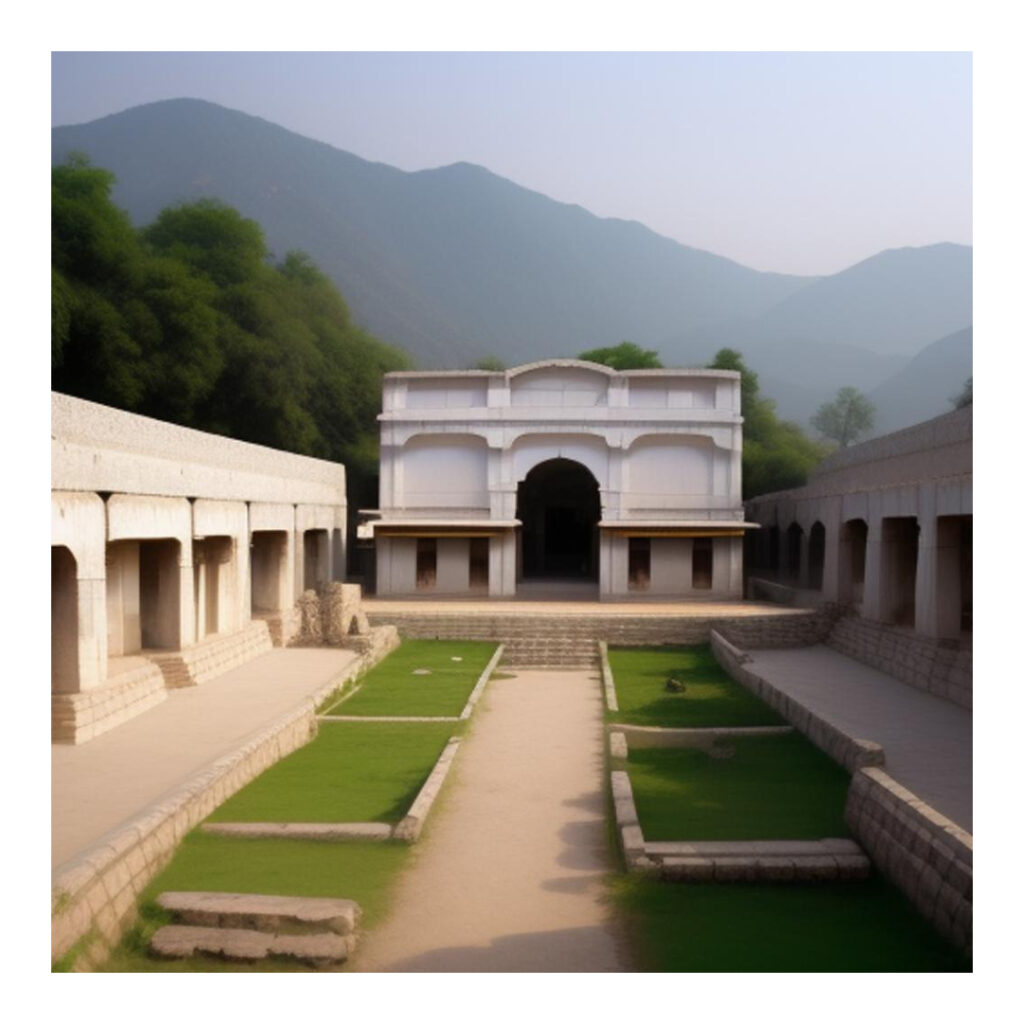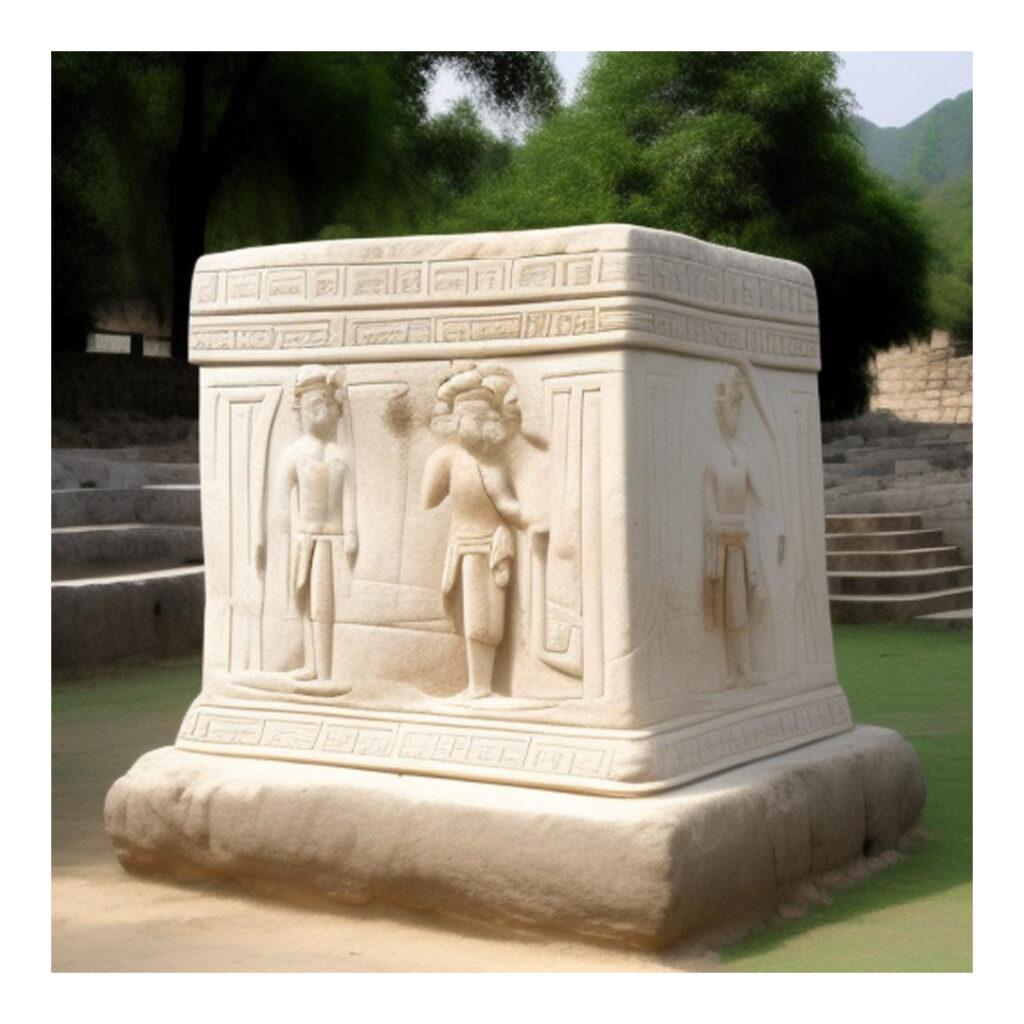Buddhism’s Flourishing Hub: The Legacy of Taxila

Buddhism has deep historical roots in Taxila, dating back to ancient times. Taxila, located in the Gandhara region, was a significant center for the spread and development of Buddhism in the Indian subcontinent.
The advent of Buddhism in Taxila can be traced to the life of Siddhartha Gautama, who later became the Buddha. The city became a crucial location for the dissemination of Buddhist teachings and philosophy. As Buddhism gained traction, Taxila emerged as a major center for Buddhist scholarship and monastic activity.
Taxila has been around for a very long time, even before 6th century BCE. Initially, it was a city in the ancient Gandhara kingdom. It became famous for trade because it was in a great spot along trade routes connecting India, Central Asia, and the Middle East.
In those ancient times, Taxila was well-known for its schools and universities. People from different places came to learn there. The city was famous for teaching subjects like math, astronomy, medicine, and philosophy.
Taxila was a mix of different cultures and had unique art and buildings influenced by Persian, Indian, Greek, and Central Asian styles. Before the Mauryan Empire, rulers like the Achaemenids, Alexander the Great, and later the Seleucids influenced Taxila.
It is difficult to said that who brings Buddhism in Taxila, but we can say Taxila emerged and flourished as main Buddhist learning hub after Asoka’s region.
Buddhist monasteries, stupas, and viharas were established in Taxila, attracting Buddhist monks and scholars from different parts of the world. These monks and scholars engaged in the study, practice, and propagation of Buddhism, contributing to the expansion and influence of the religion.

Taxila played a significant role in the early Buddhist Sangha, and many important Buddhist councils took place in this region. These councils were pivotal in preserving and organizing the Buddhist scriptures and doctrines.
The city’s location along the ancient trade routes facilitated the exchange of ideas and the movement of Buddhist pilgrims and scholars, further promoting the spread of Buddhism across the subcontinent and beyond. Taxila became a center for not only religious activity but also for artistic and architectural development influenced by Buddhist beliefs and values.

Today, the archaeological remains in Taxila, including the iconic Dharmarajika Stupa, Jaulian Monastery, and many others, stand as a testament to the profound influence of Buddhism in the region during ancient times. The legacy of Buddhism in Taxila remains an integral part of the city’s historical and cultural heritage.




